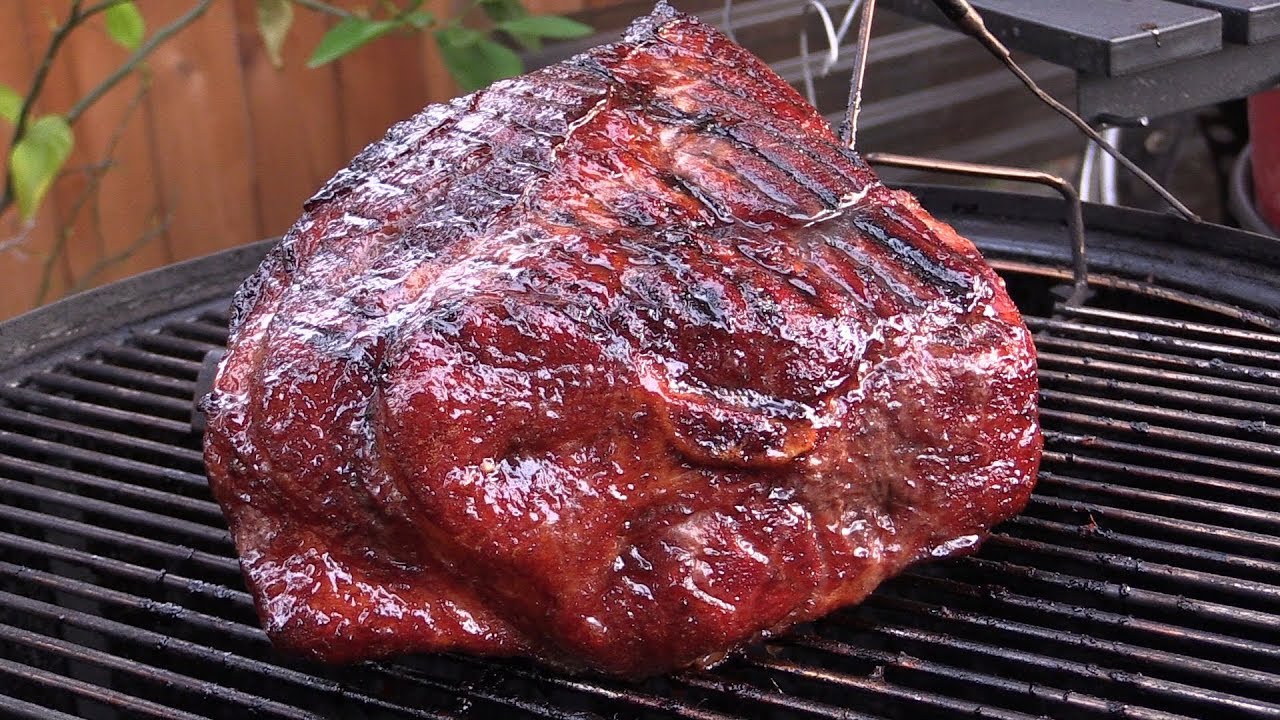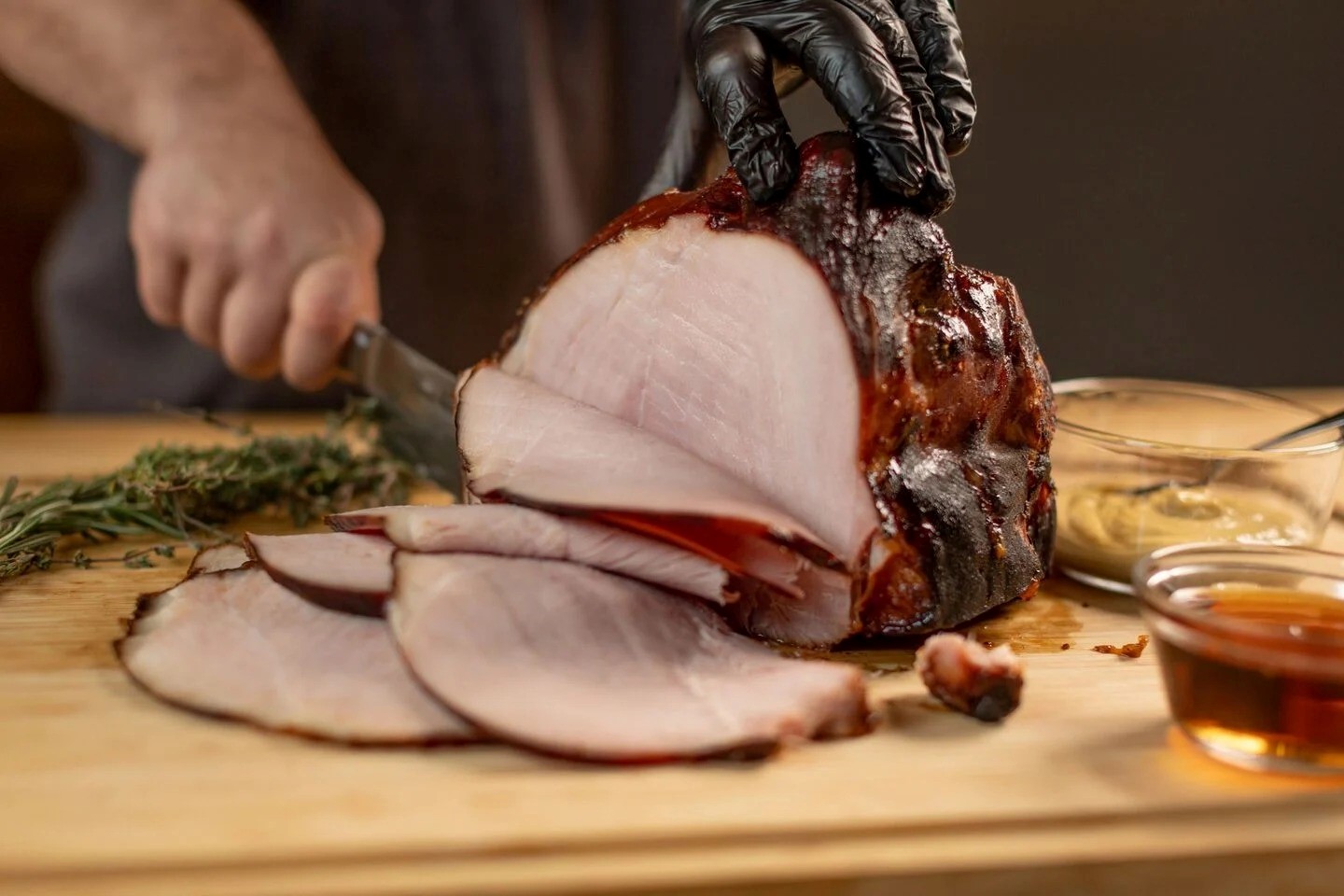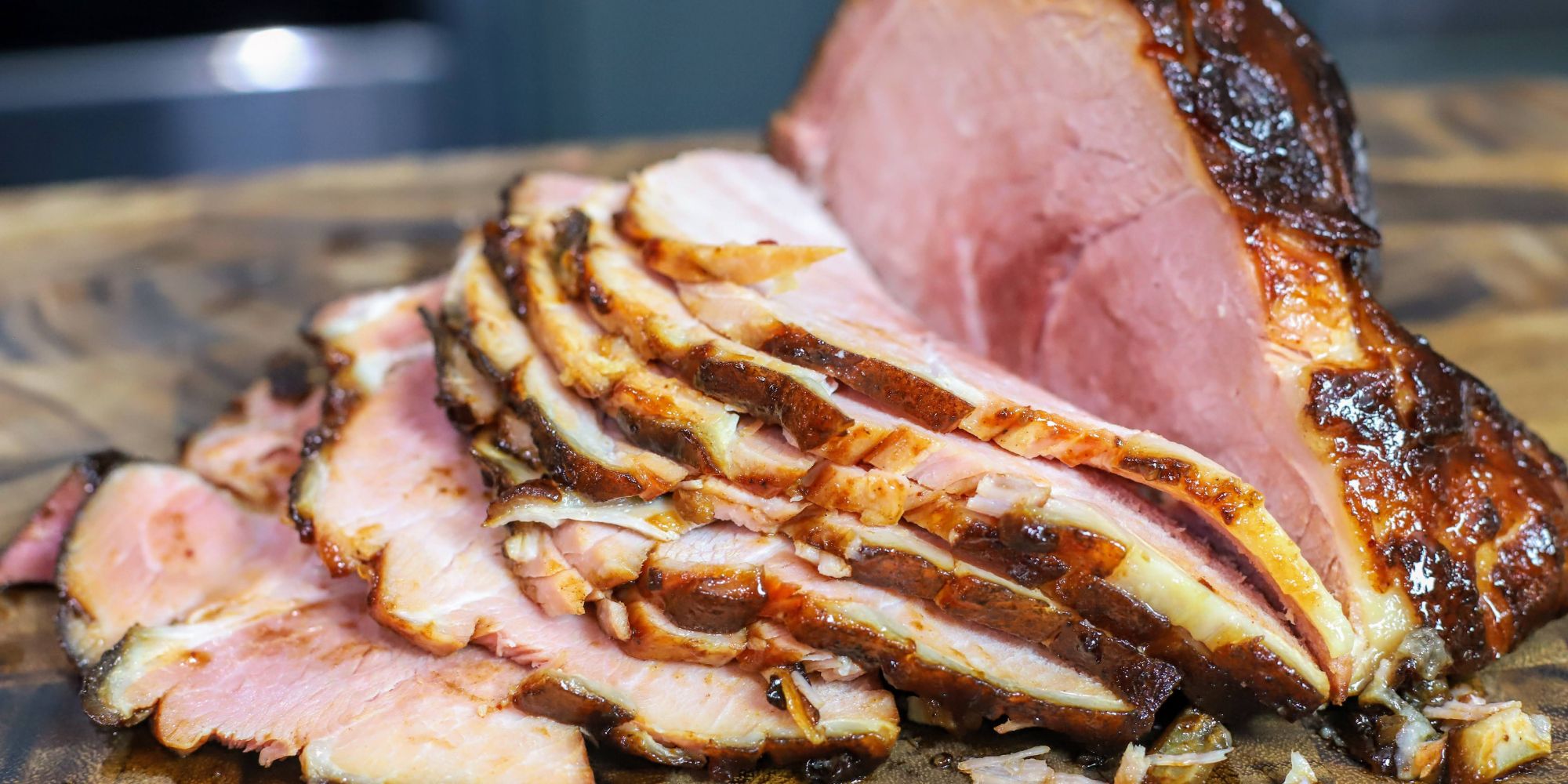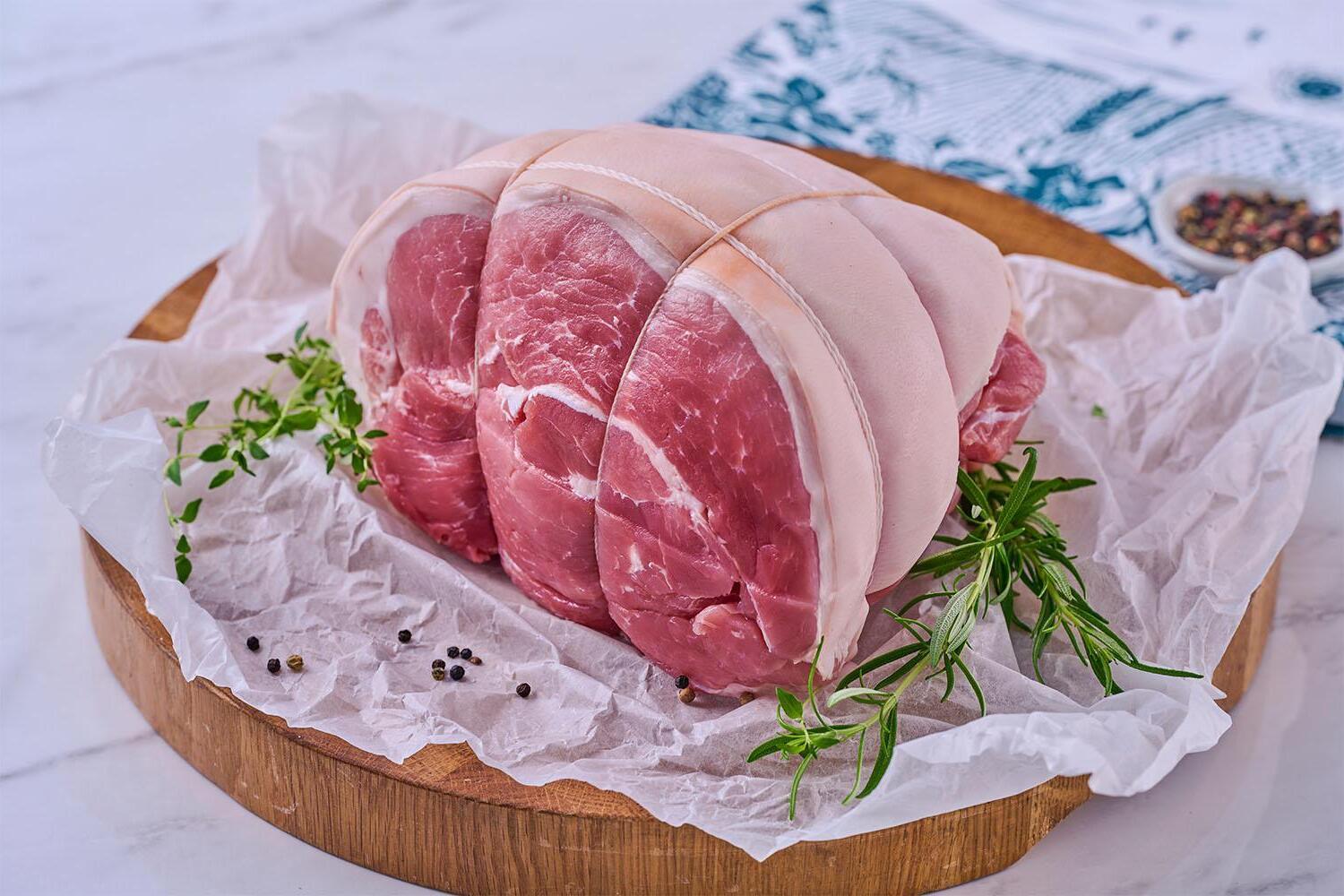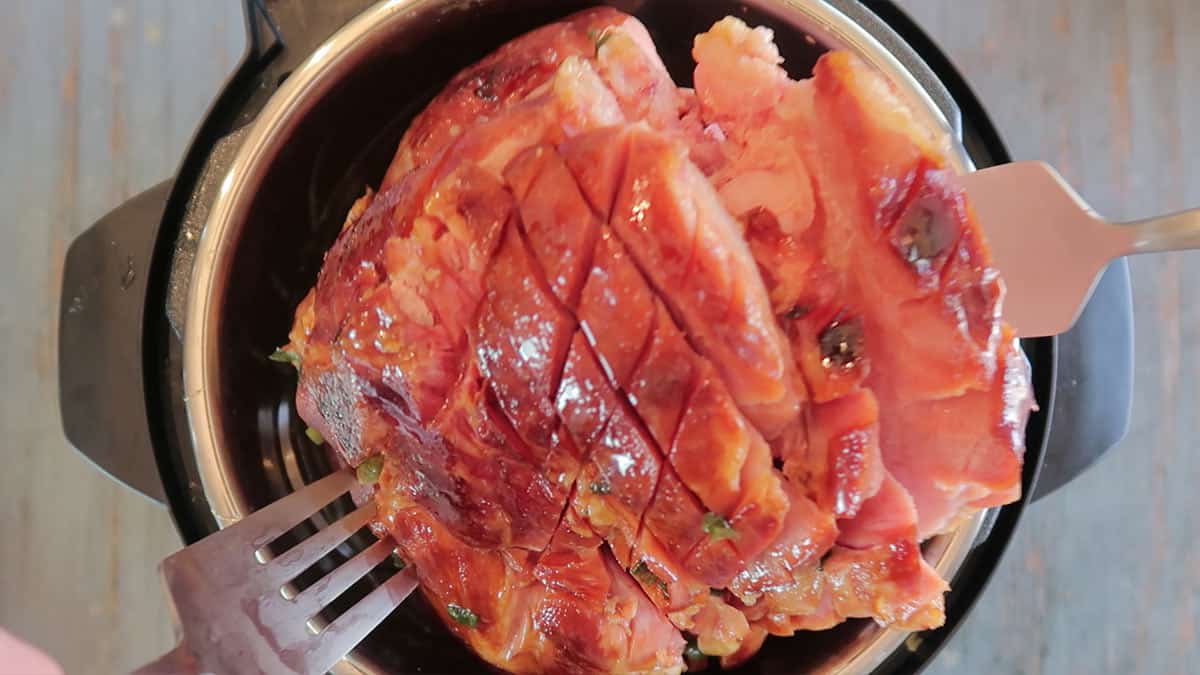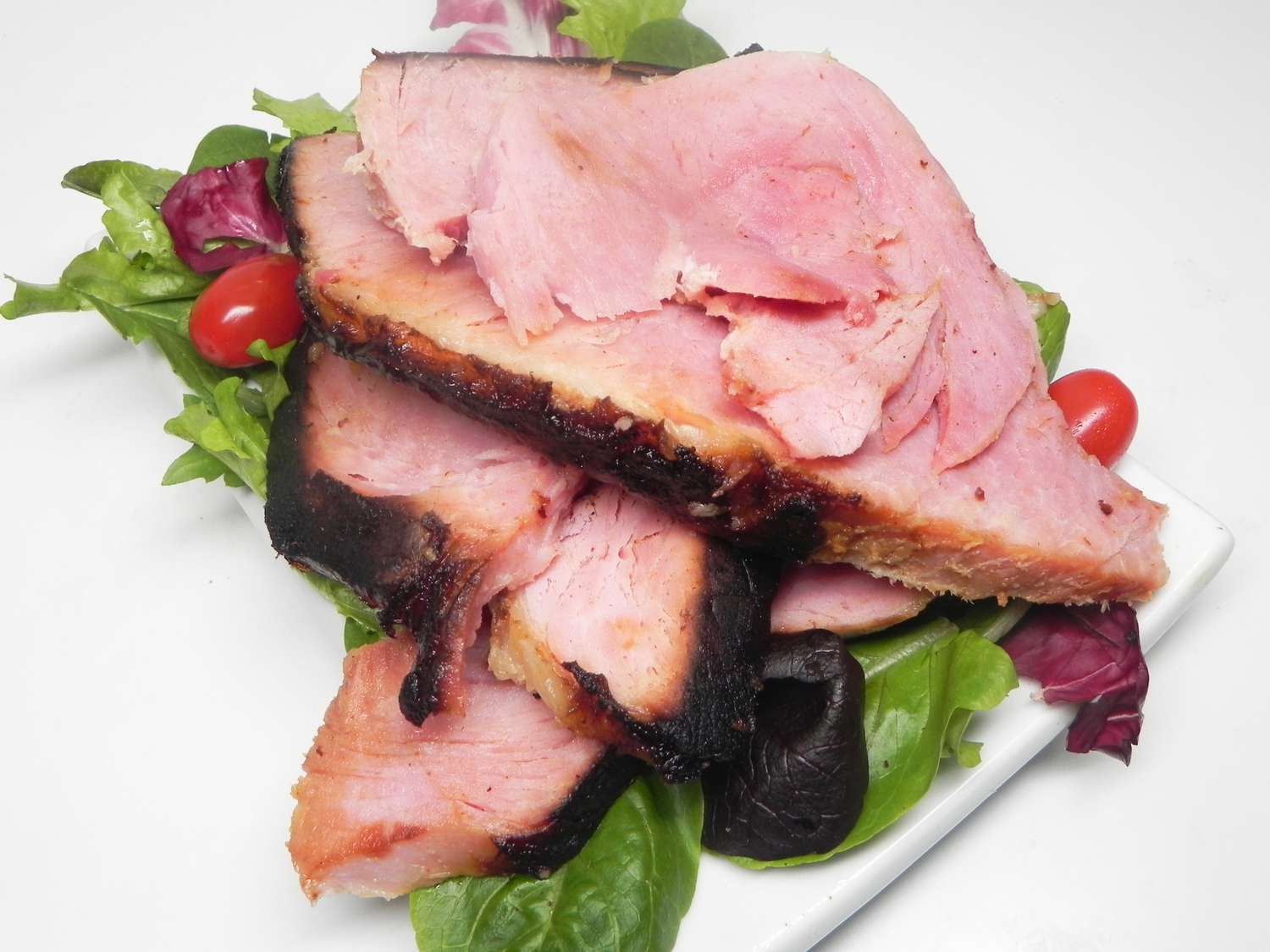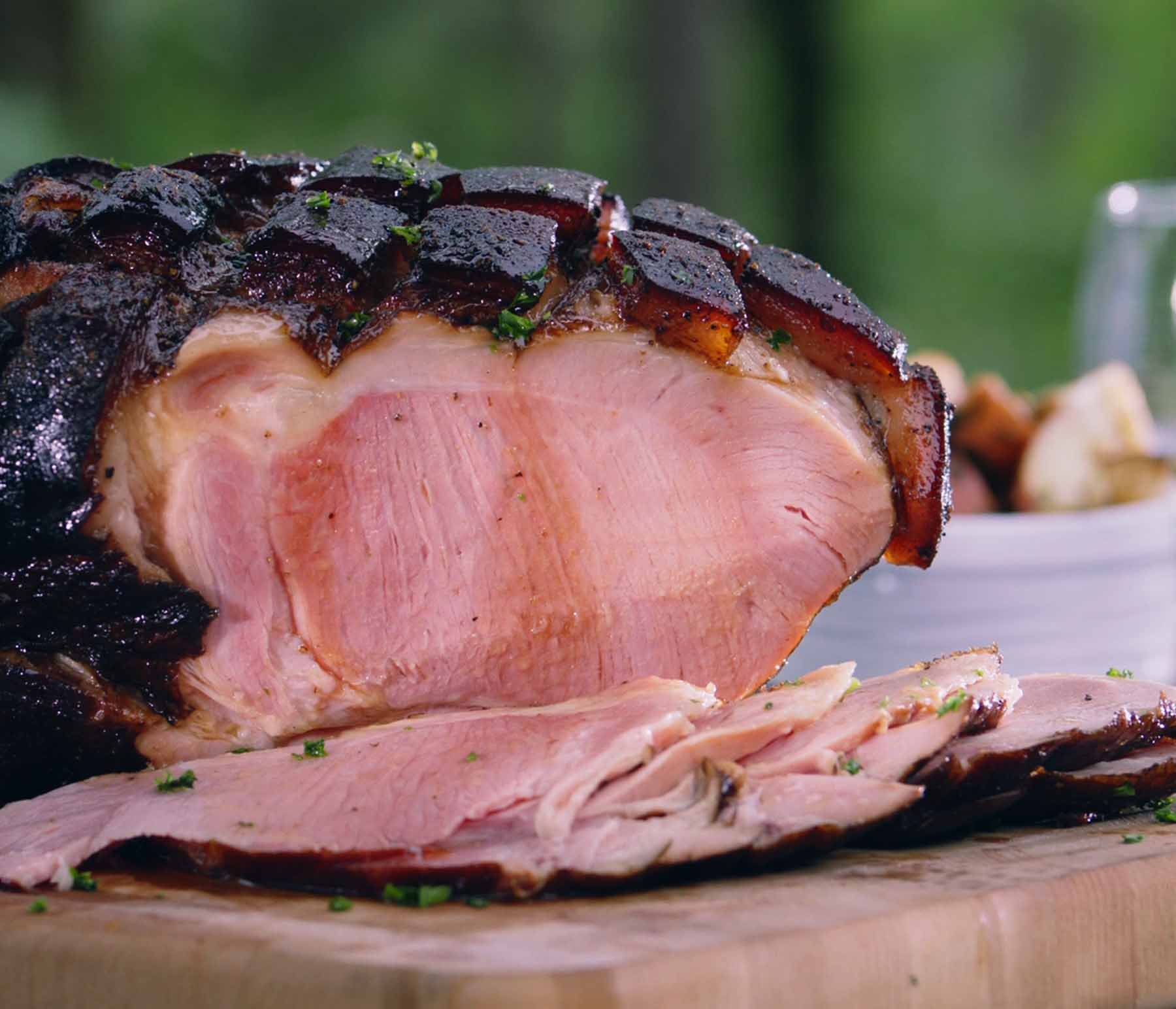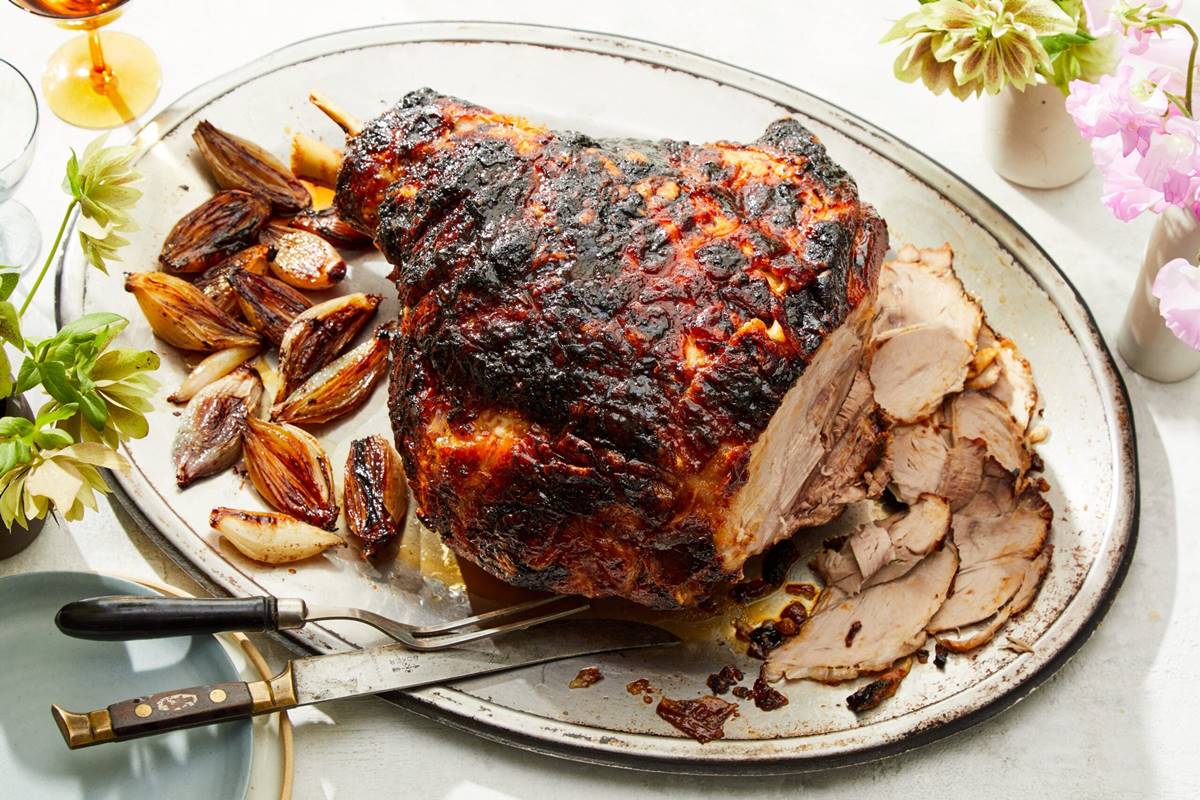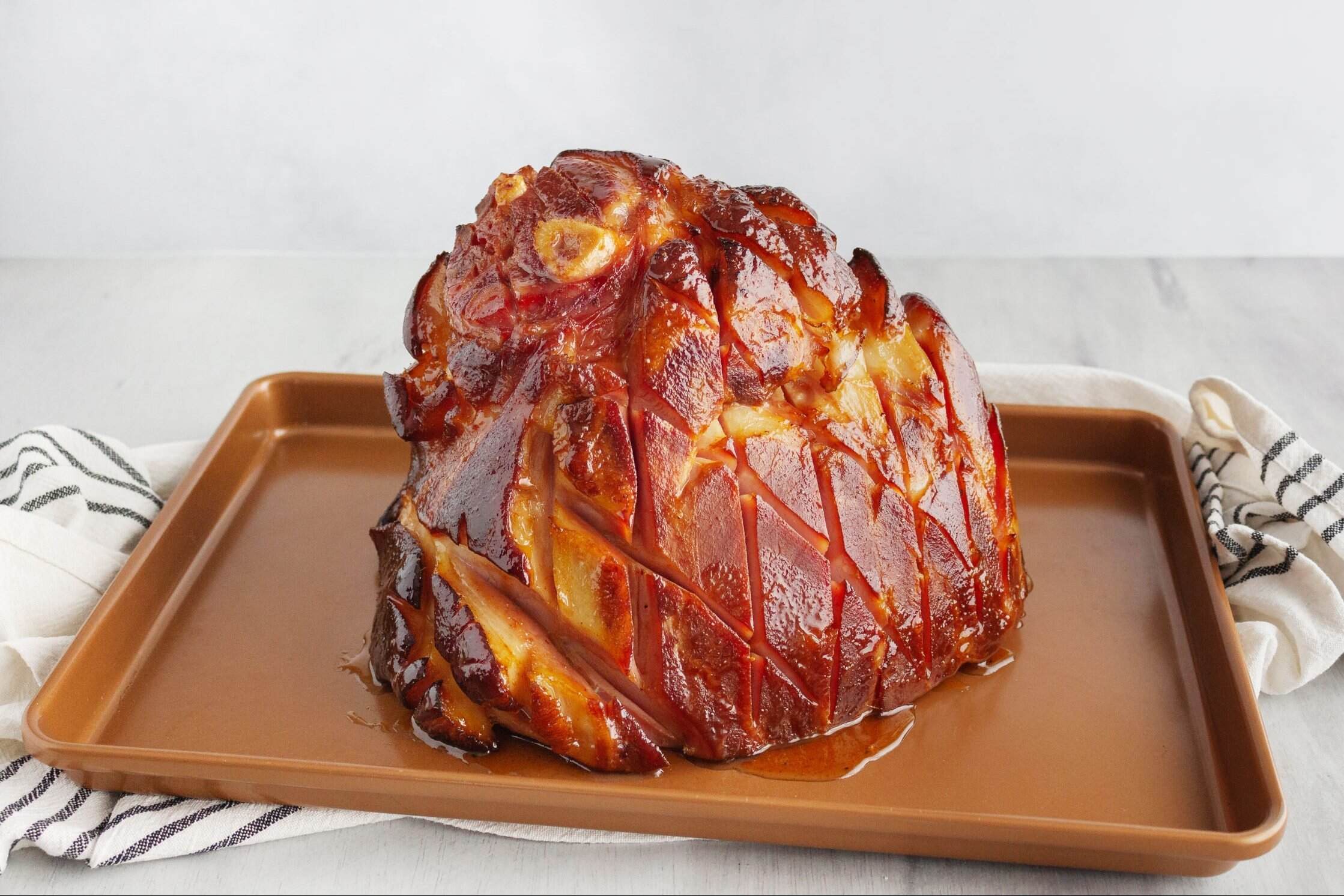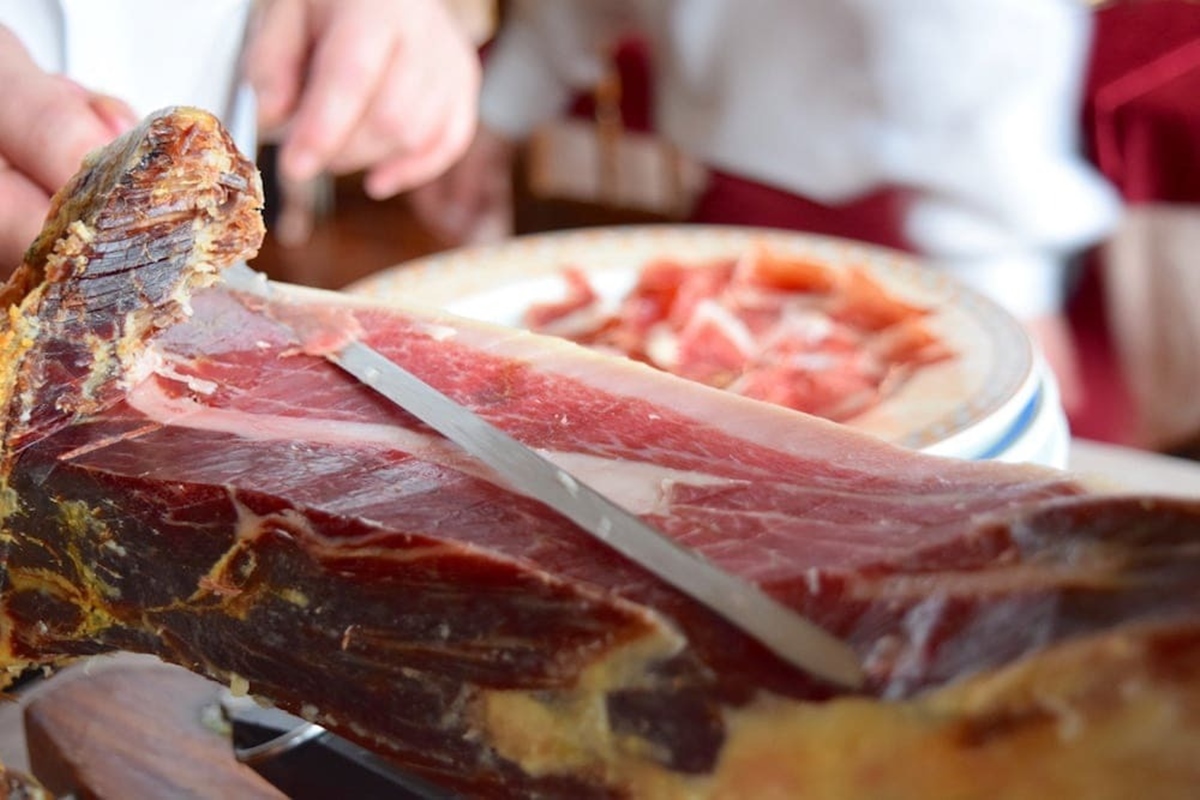Enjoying Dry-Cured Ham: A Guide to Indulging in this Delicacy
Dry-cured ham, also known as prosciutto, jamón, or speck, is a delectable delicacy that has been enjoyed for centuries. Whether you’re a seasoned connoisseur or a newcomer to the world of cured meats, there are a few key tips to keep in mind when savoring this savory treat.
Choosing the Right Dry-Cured Ham
Before you can enjoy dry-cured ham, it’s important to select the right variety. There are many different types of dry-cured ham available, each with its own unique flavor profile. Some popular options include:
- Italian prosciutto
- Spanish jamón ibérico
- German Black Forest ham
When choosing a dry-cured ham, consider the level of saltiness, the intensity of flavor, and the texture of the meat. If you’re unsure where to start, don’t hesitate to ask your local butcher or deli for recommendations.
Serving and Slicing
Once you’ve selected your dry-cured ham, it’s time to prepare it for serving. Proper slicing is crucial to ensure that you get the most out of this delicacy. Here are a few tips for serving and slicing dry-cured ham:
- Begin by ensuring that the ham is at room temperature before serving. This allows the flavors to fully develop.
- Use a sharp knife to slice the ham as thinly as possible. This helps to release the flavors and aromas of the meat.
- Arrange the slices on a platter, allowing them to slightly overlap for an elegant presentation.
Pairing with Complementary Flavors
Dry-cured ham pairs beautifully with a wide range of flavors, making it a versatile addition to any meal or snack. Consider serving your ham with the following accompaniments:
- Crusty bread or breadsticks
- Olives or pickles
- Soft, creamy cheeses
- Fresh, seasonal fruits such as figs or melon
- A drizzle of high-quality olive oil
Experiment with different combinations to find the perfect pairing for your chosen variety of dry-cured ham.
Enjoying the Experience
When it comes to enjoying dry-cured ham, take the time to savor each bite. Pay attention to the flavors, textures, and aromas, and allow yourself to fully immerse in the experience. Whether you’re enjoying it as part of a charcuterie board, in a sandwich, or on its own, dry-cured ham is a true delight for the senses.
By following these tips, you can elevate your enjoyment of dry-cured ham and gain a deeper appreciation for this timeless delicacy. So, the next time you indulge in this savory treat, take a moment to savor the rich flavors and centuries-old tradition that make dry-cured ham a culinary treasure.
